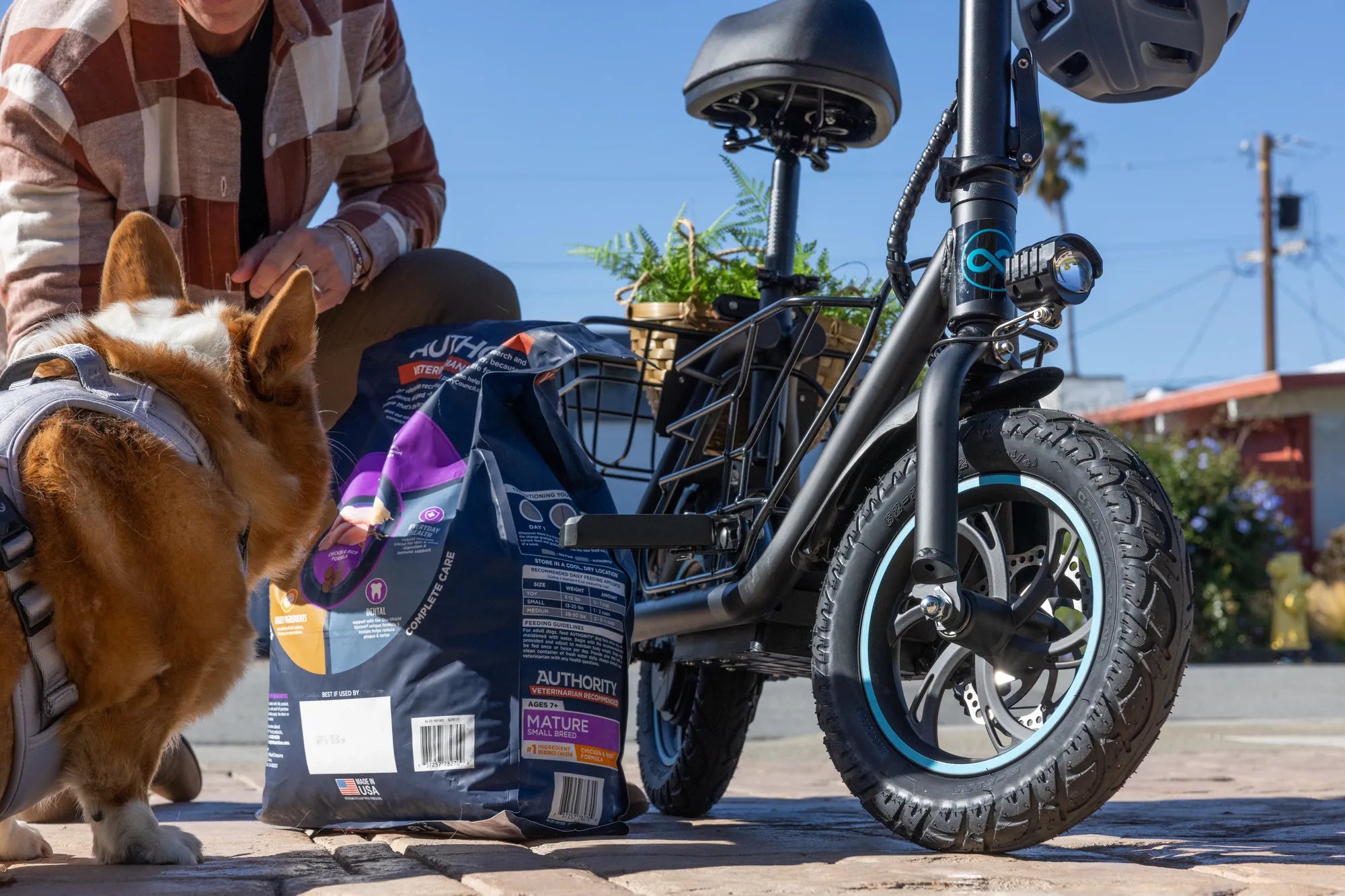Electric scooters have surged in popularity as a convenient and eco-friendly mode of urban transportation. But what powers these zippy machines? The answer lies in their batteries—the heart of every electric scooter. Understanding the types of batteries used, their advantages, and limitations can help you make an informed decision when choosing or maintaining an e-scooter. Let’s dive into the world of electric scooter batteries and uncover what makes them tick.
The Role of Batteries in Electric Scooters
Batteries are the lifeblood of electric scooters, storing and supplying the energy needed for propulsion. The type of battery used significantly impacts the scooter’s performance, range, charging time, and overall lifespan. Modern electric scooters primarily rely on three types of batteries:
- Lead-Acid Batteries
- Nickel-Metal Hydride (NiMH) Batteries
- Lithium-Ion (Li-ion) Batteries
Lead-Acid Batteries: The Traditional Choice
Lead-acid batteries were once the standard for electric scooters due to their affordability and widespread availability. These batteries use a chemical reaction between lead plates and sulfuric acid to generate electricity. While they are cost-effective, they come with several drawbacks:
- Heavyweight: Lead-acid batteries are bulky, adding significant weight to the scooter.
- Limited Lifespan: They typically last 300-500 charge cycles, which is shorter compared to other battery types.
- Slow Charging: Recharging can take up to 8-10 hours.
- Environmental Impact: They contain toxic materials, making disposal challenging.
Despite these limitations, lead-acid batteries are still found in some budget-friendly or older electric scooter models.
Nickel-Metal Hydride (NiMH) Batteries: A Middle Ground
NiMH batteries emerged as a step up from lead-acid technology, offering better energy density and a lighter weight. These batteries use a hydrogen-absorbing alloy and nickel oxide hydroxide to store energy. Here’s what makes them stand out:
- Moderate Weight: Lighter than lead-acid but still heavier than lithium-ion.
- Improved Lifespan: They can endure 500-800 charge cycles.
- Faster Charging: Typically recharge in 4-6 hours.
- Eco-Friendly: Less toxic than lead-acid batteries.
However, NiMH batteries are less common in modern electric scooters due to the dominance of lithium-ion technology.
Lithium-Ion Batteries: The Gold Standard
Lithium-ion batteries have become the preferred choice for most electric scooters, thanks to their superior performance and efficiency. These batteries use lithium ions moving between electrodes to generate power. Here’s why they reign supreme:
- Lightweight: Significantly lighter than lead-acid and NiMH batteries.
- High Energy Density: They store more energy in a smaller space, enabling longer ranges.
- Long Lifespan: Can last 800-1,200 charge cycles or more with proper care.
- Fast Charging: Many Li-ion batteries recharge in 2-4 hours.
- Low Maintenance: Unlike lead-acid batteries, they don’t require regular topping up.
While lithium-ion batteries are more expensive upfront, their longevity and performance make them a cost-effective choice in the long run.
Factors to Consider When Choosing an Electric Scooter Battery
Selecting the right battery for your electric scooter depends on several factors:
- Range: Lithium-ion batteries offer the best range per charge.
- Weight: If portability is a priority, opt for lightweight Li-ion batteries.
- Budget: Lead-acid batteries are cheaper but may cost more over time due to replacements.
- Charging Time: Faster charging is a hallmark of lithium-ion technology.
- Environmental Impact: Li-ion and NiMH batteries are greener options.
Tips for Extending Battery Life
No matter which battery type your scooter uses, proper care can extend its lifespan:
- Avoid Deep Discharges: Try not to drain the battery completely before recharging.
- Store Properly: Keep the scooter in a cool, dry place when not in use.
- Use the Right Charger: Always use the manufacturer-recommended charger.
- Regular Maintenance: Check for signs of wear or damage periodically.
By following these practices, you can maximize your battery’s performance and longevity.
The Future of Electric Scooter Batteries
Battery technology is evolving rapidly, with researchers exploring alternatives like solid-state batteries and graphene-based solutions. These innovations promise even higher energy density, faster charging, and improved safety. As the demand for electric scooters grows, so will the advancements in their power sources.
Electric scooters are revolutionizing urban mobility, and their batteries play a pivotal role in this transformation. Whether you’re a daily commuter or a casual rider, understanding the battery inside your scooter can help you get the most out of your ride. Ready to hit the streets with confidence? Your scooter’s battery has got your back!

Share:
What Are Electric Scooters: The Ultimate Guide to Eco-Friendly Commuting
What Is the Minimum Age for Electric Scooters? A Complete Guide